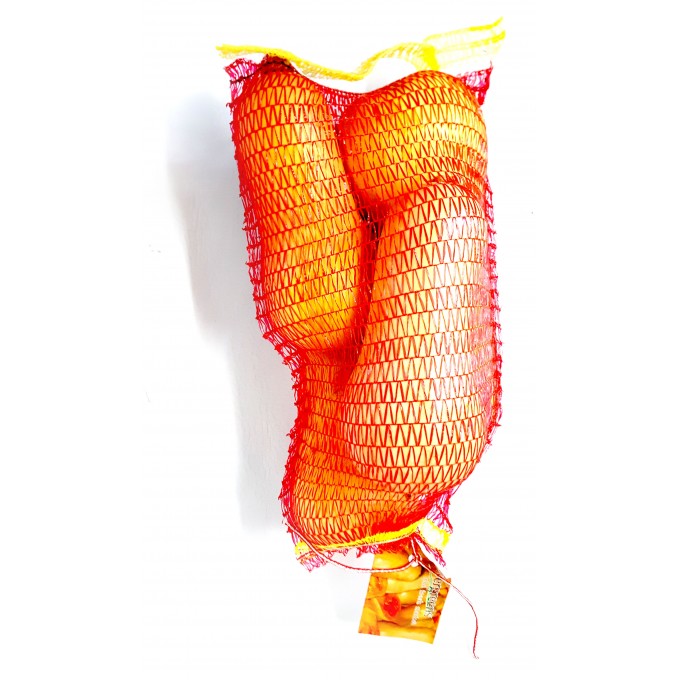

Dear Evergreens online customer, if you want your order to be delivered to you would you please be so kind as to phone our friendly online team for the delivery cost as our online website is currently under maintenance and your delivery cost has not been calculated automatically. We apologize for any inconvenience.
PLEASE TAKE NOTE: We only deliver in Pretoria. Please see our shipping policy here.


Butternut squash (Cucurbita moschata), also known in Australia and New Zealand as Butternut pumpkin, is a type of winter squash. It has a sweet, nutty taste similar to that of a pumpkin. It has yellow skin and orange fleshy pulp. When ripe, it turns increasingly deep orange, and becomes sweeter and richer. It grows on a vine. The most popular variety, the Waltham Butternut, originated in Waltham, Massachusetts, where it was developed at the Waltham Experiment Station by Robert E. Young.
Uses
Butternut squash is a fruit that can be roasted and toasted and also be puréed (to make a soup) or mashed into soups, casseroles, breads, and muffins.
In Australia it is regarded as a pumpkin, and used interchangeably with other types of pumpkin.
It is also commonly used in South Africa. It is often used in soup or can be cooked on a grill. Grilled butternut is normally either seasoned with spices such as nutmeg and cinnamon or the de-seeded centre stuffed with other vegetables for example Spinach and Feta before wrapped in foil and then grilled. The grilled butternut is often served as a side dish to braais (barbecues) and the soup as a starter dish.
It is a good source of fibre, vitamin C, manganese, magnesium, and potassium. It is also an excellent source of vitamin A and vitamin E.
The fruit is prepared by removing the skin, stalk and seeds, which are not usually eaten or cooked. However, the seeds are edible, either raw or roasted and the skin is also edible and softens when roasted. One of the most common ways to prepare butternut squash is roasting. To do this, the squash is cut in half lengthwise, lightly brushed with cooking oil, and placed cut side down on a baking sheet. It is then baked for 45 minutes or until it is softened. Once roasted, it can be eaten in a variety of ways as outlined above.
| Nutritional value per 100 g (3.5 oz) | |
|---|---|
| Energy | 188 kJ (45 kcal) |
| Carbohydrates | 11.69 g |
| - Sugars | 2.20 g |
| - Dietary fiber | 2.0 g |
| Fat | .10 g |
| Protein | 1.0 g |
| Vitamin A equiv. | 532 μg (67%) |
| - beta-carotene | 4226 μg (39%) |
| Thiamine (Vit. B1) | .10 mg (9%) |
| Riboflavin (Vit. B2) | .02 mg (2%) |
| Niacin (Vit. B3) | 1.20 mg (8%) |
| Pantothenic acid (B5) | .40 mg (8%) |
| Vitamin B6 | .154 mg (12%) |
| Folate (Vit. B9) | 27 μg (7%) |
| Vitamin C | 21.0 mg (25%) |
| Calcium | 48 mg (5%) |
| Iron | .70 mg (5%) |
| Magnesium | 34 mg (10%) |
| Phosphorus | 33 mg (5%) |
| Potassium | 352 mg (7%) |
| Zinc | .15 mg (2%) |

